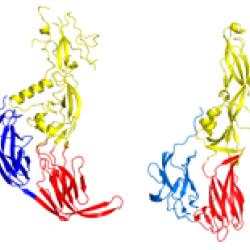
Research Interests
We focus on the cellular and molecular mechanism of two conserved cellular events - - ciliary signaling and cell-cell fusion. Although seeming disparate, both are intimately linked during fertilization in the model organism we use, the bi-ciliated, unicellular green alga Chlamydomonas reinhardtii.
When Chlamydomonas plus and minus gametes encounter each other, they use their cilia to recognize and bind to each other and to send signals to their cell bodies to prepare for cell fusion. The gametes respond to the signals by removing their cell walls and activating specialized membrane protrusions between their two cilia whose tips will be the site of fusion. Within seconds after contact at the fusion sites, the two gametes fuse to form a diploid zygote.
Chlamydomonas is particularly well suited for studying both fundamental cellular processes. Neither ciliary signaling nor cell fusion are required for propagating the organisms, making it possible to obtain mutants blocked at individual steps in both. An indexed insertional mutant library is available ($100 per mutant strain). Introducing transgenes is straightforward. Large quantities of cells can be easily and cheaply grown for biochemical studies of endogenous proteins. And, unlike in multicellular organisms, isolating highly purified cilia is quick and simple.





